How are humic fertilizers useful for the soil?
For a long time this discovery was not applied in practice. It was only in 1995 that humic substances began to be produced in St. Petersburg and Biysk. It will be about humic fertilizers, the theory and practice of their use will also be disclosed further.
These substances are necessarily used with various additives. They are produced in the form of a concentrate, balanced in macro- and microelements. The basis can be sodium or potassium humate. Thanks to these elements, plants are strong and healthy, grow well and bear fruit.
It should be noted that sodium humate cannot replace other top dressing in the form of traditional mineral and organic fertilizers. But if the flora with the addition of humate, then all other fertilizers will be better absorbed. The most popular is peat-humic fertilizer.
Useful properties of humates
Humus is a layer of good quality soil on which any crop planted will bear fruit. It contains up to 95% of humic substances. They perform many functions: they affect soil fertility, the metabolism of plants, their growth and development. In their composition, they are close to natural components and are able to fully satisfy all the needs of the planted crops. In addition to stimulating growth and development, humus is able to increase yields, as well as fight diseases and pests.
Therefore, humic preparations are used in agriculture quite often. Thanks to these additives, yields are increased. They eliminate nitrates contained in the soil, in the fruits of berries and vegetables there is more sugar, vitamins, proteins. If, for example, soil or flora with radionuclides and heavy metals, humic fertilizers contribute to their rapid decomposition.
Farmers Tips
In order for plants to develop well and give a high yield, they need the following elements:
- carbon dioxide;
- water;
- salts with minerals;
- macro- and microelements.
All these components are present in the soil, but they are not always present in the proper amount.
Therefore, in order to improve the physical properties of the soil, man uses fertilizers. The amount of humus in the soil is of no small importance, since thanks to it the plants receive all the necessary nutrients.
Currently, the following types of humic fertilizers are produced: Tellura, Baikal, Flora C, etc.
The basis of all these dressings can be one of the types of organic additives. It can be peat, biohumus, silt, brown coal, humus. The most useful is peat-humic fertilizer. The composition of substances also includes monovalent metals: potassium, sodium or ammonium. All these elements dissolve well in water. If we take humic fertilizer (substance) separately, then besides nitrogen, it does not contain other useful additives. But if you combine humus with other minerals and organic fertilizers, you get a kind of complex that can perfectly nourish the soil.
Here are just some of the useful qualities that peat-humic fertilizer has:
- humic acids stimulate plant growth;
- contain vitamins;
- contain microorganisms that resist fungal infections of the plant.
Remember that the use of humic fertilizers does not cancel the use of other organic and mineral additives, on the contrary, this must be done, then the soil will become more fertile.
How do humins contribute to fertility and productivity?
It is more efficient to use such fertilizers in unfavorable weather.If the plant slows down in growth or some deviations occur, then it's time to fertilize the soil with humin.
So, we can conclude that fertilization with humins affects plants as follows:
- Humates can affect the physicochemical and physical properties of the soil.
- They are able to act on microorganisms, reaching the very top of the plant.
- The metabolic processes inside the soil are improved: adsorption of soil nutrients by humins with an improvement in the nutritional value for crop growth. Fertilizers also improve the biological activity of plants.
- Humic fertilizers contribute to high yields, increasing soil fertility.
How and when to apply?
Substances of this category useful for flora are used when planting crops such as:
- cereals;
- vegetables: cabbage, tomatoes, cucumbers, etc.;
- leafy crops such as lettuce, spinach, sorrel;
- potato;
- sunflower, rapeseed, corn, etc .;
- beets, including sugar beets;
- flowers;
- other flora with and without fruits.
What you need to know when using humates? This is what is needed:
- place cuttings, tubers, seeds or bulbs in a fertilizer solution;
- cultivate the soil outside the plant root;
- water the plants at the root with the addition of humins.
In order not to overdo it or use less than the required dosage, always read the instructions for use and use the amount of fertilizer indicated in the enclosed leaflet. Since the dosages of the fertilizers used are different depending on their type.
If fertilizers with humins are diluted in water, they form a black or brown mixture. They dissolve well in liquid. To water the soil with a solution, you need a low concentration of a substance that forms a light brown solution. This concentration should be 0.005-0.01%.
Since a small solution of humins is needed for irrigation, they will not be able to meet all the soil's need for nutrients, for example, phosphorus, zinc, potassium, nitrogen, etc. Therefore, humic fertilizers are used in combination with traditional feeding, but at the same time, the dosage can be halved.
To achieve high yields, you can mix humic acids with organic fertilizers, which include nitrogen, potassium and other minerals. Such an additive can be called "potash, nitrogen humic fertilizer", etc. But it is better not to mix phosphorus additives with humic fertilizers, since phosphorus does not dissolve together with them, and this can negatively affect the quality of the soil. Better to apply them individually.
Substances are of 2 types: solid and liquid humic fertilizers. Liquid or soft fertilizer is a paste or solution. They are most effective. But according to the experience of using, transporting and storing such substances, solid species still win, since they are convenient to store and transport. They are produced in the form of granules and powders.
The greatest demand is for lowland peat and sapropel fertilizers. Lignite humins are valued lower.
Seeds treated with humic solution will give good shoots. But you need to know when to do the processing. So, experts advise to process seeds after all preliminary manipulations.
If you use humic fertilizers for seedlings, then this is also a win-win option. The root system of fertilized seedlings will be strong and will produce strong stems that will eventually bear good fruit.
These useful additives are also used for adult plants, so humates are added to the water during watering. As a result, the plant will easily cope with pests and possible diseases, and the yield will increase. The flora with the addition of humic fertilizers is healthy and strong plants, gives good yields, and this is the main thing for any farmer.
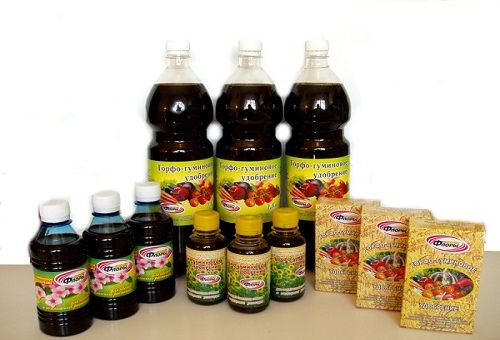
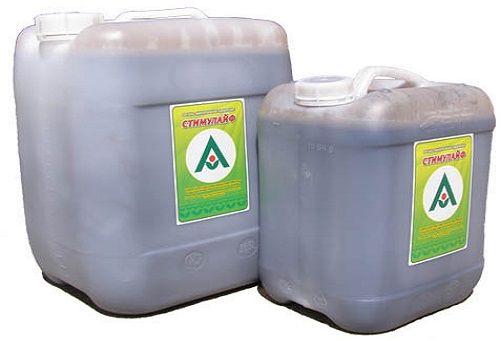
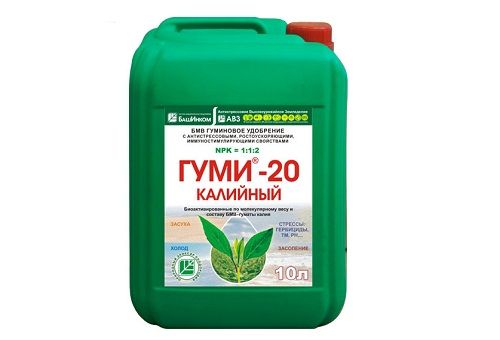
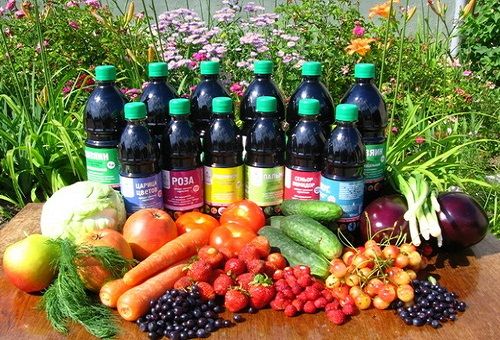
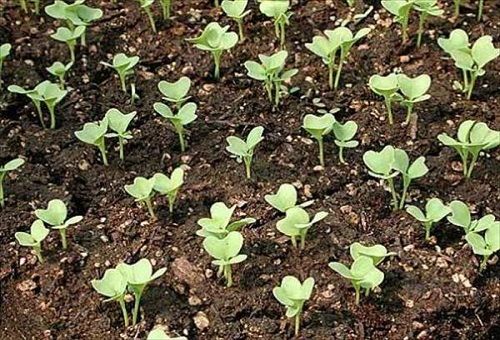
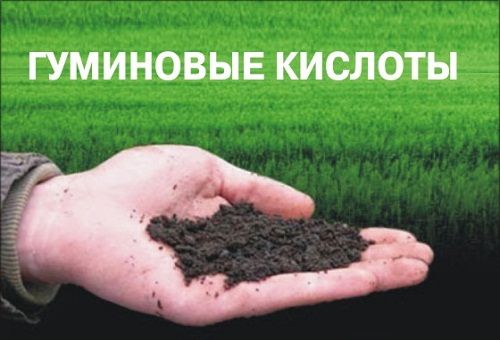
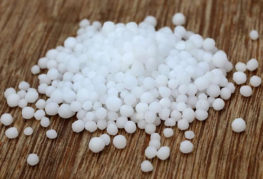
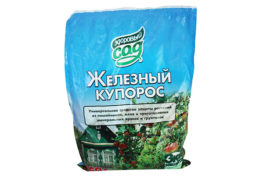
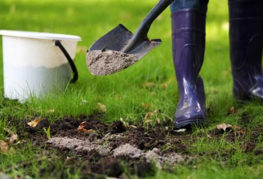
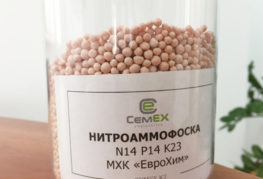
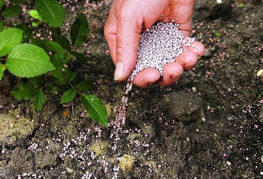
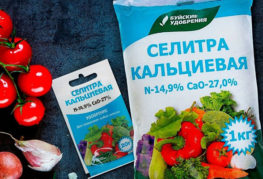
and will be published shortly.